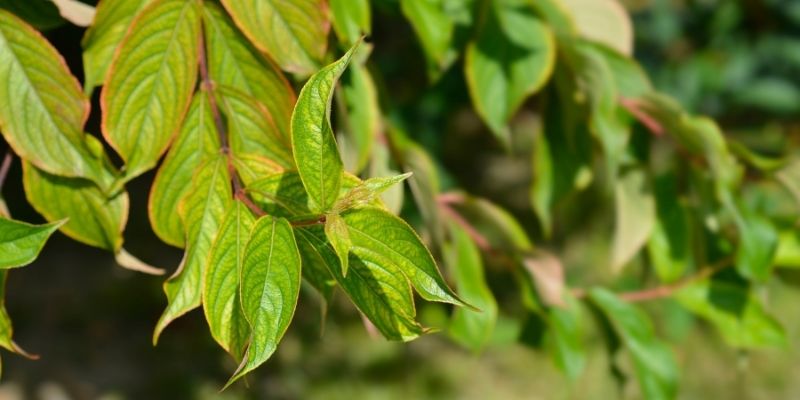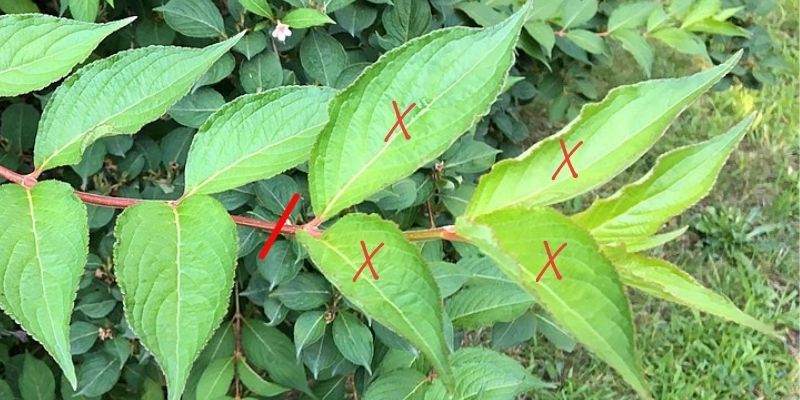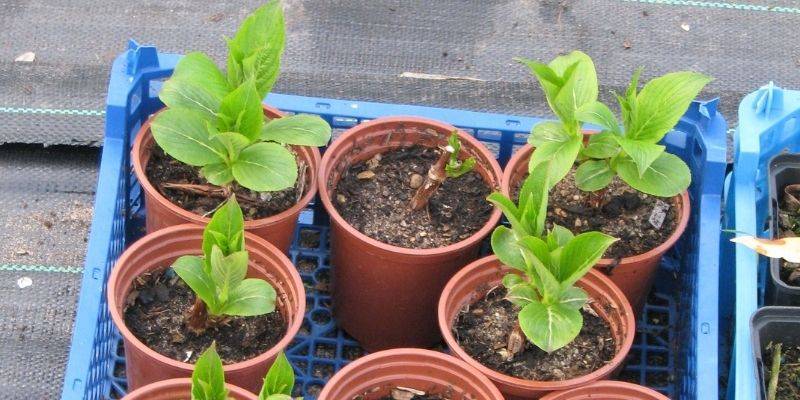The Weigela is a beautiful, easy-to-grow shrub that rewards us with its abundant bloom in early summer. Around June, its long, flexible branches become covered with countless pink, red or white bell-shaped flowers, depending on the variety. It can be used as a standalone specimen, in borders or as a flowering hedge. Taking cuttings is an economical way to propagate identical plants, although it requires patience before obtaining a robust enough specimen to plant out. Discover our tutorial and tips to succeed.
Required Materials
- A pair of secateurs to take cuttings. These should be cleaned and disinfected before cutting to avoid transmitting diseases. Otherwise, this could jeopardise the success of your future plants. Take cuttings from healthy specimens, so choose carefully which Weigela you wish to propagate;
- Some rooting hormone (optional);
- A pencil or stick.
When to Take Weigela Cuttings?
This operation is mainly carried out at two times of the year: in spring and early autumn.
In Spring
In May and June, take softwood cuttings, also called green cuttings. Select young stems that are not yet woody, meaning they are still flexible and don't have a woody appearance. Be careful not to choose flowering stems or those with flower buds.

Choose branches without flowers or flower buds
In Early Autumn
In September and October, take semi-hardwood cuttings. In other words, cut branches that are beginning to turn woody: their colour will be between green and brown, their appearance between softwood and hardwood. Avoid taking cuttings from old wood.
On St Catherine's Day
That said, you probably know the saying "On St Catherine's Day, all wood takes root." While 25 November is the date of this saint's celebration, hardwood cuttings can be taken before and after, as long as the shrub has lost its leaves and there's no frost. Take 20-30 cm stem sections and bury them halfway or two-thirds deep. Pay attention to the growth direction: if you plant your branch upside down, it won't take root.
How to Take Weigela Cuttings?
- Preferably choose lateral branches rather than those growing at the top of the shrub. These generally root better;
- Cut, at an angle below a node, branch sections about 15 cm long with a decent diameter. Avoid overly thin stems. Also take care of the shrub you're taking cuttings from by making clean angled cuts. Angle the cut downwards so rainwater doesn't pool and cause rot. Don't hesitate to take more branches than the number of cuttings you wish to make. This will increase your chances of success. And if you're very lucky and all cuttings take, you can always give them away – or swap them – with other gardening enthusiasts;
- Once your branches are selected and cut, trim the tip by 1-2 cm and remove leaves, keeping only a few at the top of the cutting (4-6 depending on size). This will reduce water loss through leaves while waiting for roots to develop;

Cut your branch at an angle and keep only leaves at the tip (photo Plant Image Library - Flickr)
- Fill the container for your cuttings with a mix of half compost and half sand;
- To encourage root formation and growth, we recommend dipping the cut end in rooting hormone. Gently tap to remove excess powder;
- Make a hole using, for example, a pencil or thin bamboo stick and insert your cutting. Firm the soil around the cutting and water;
- Water regularly, especially for softwood cuttings where the growing medium must stay moist in summer.
The cuttings will remain in pots all winter, preferably in a shady spot. In spring, those showing signs of growth can be potted on into larger containers. Planting out should be done when the plant is large and robust enough, typically two to three years later.

Weigela cuttings after one year in pots (photo peganum - Flickr)



































Comments